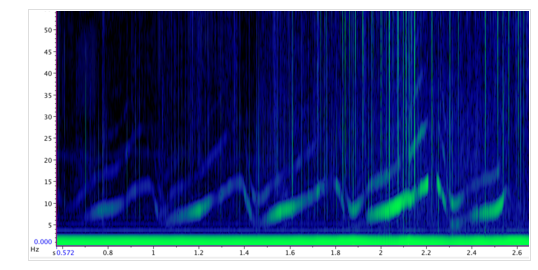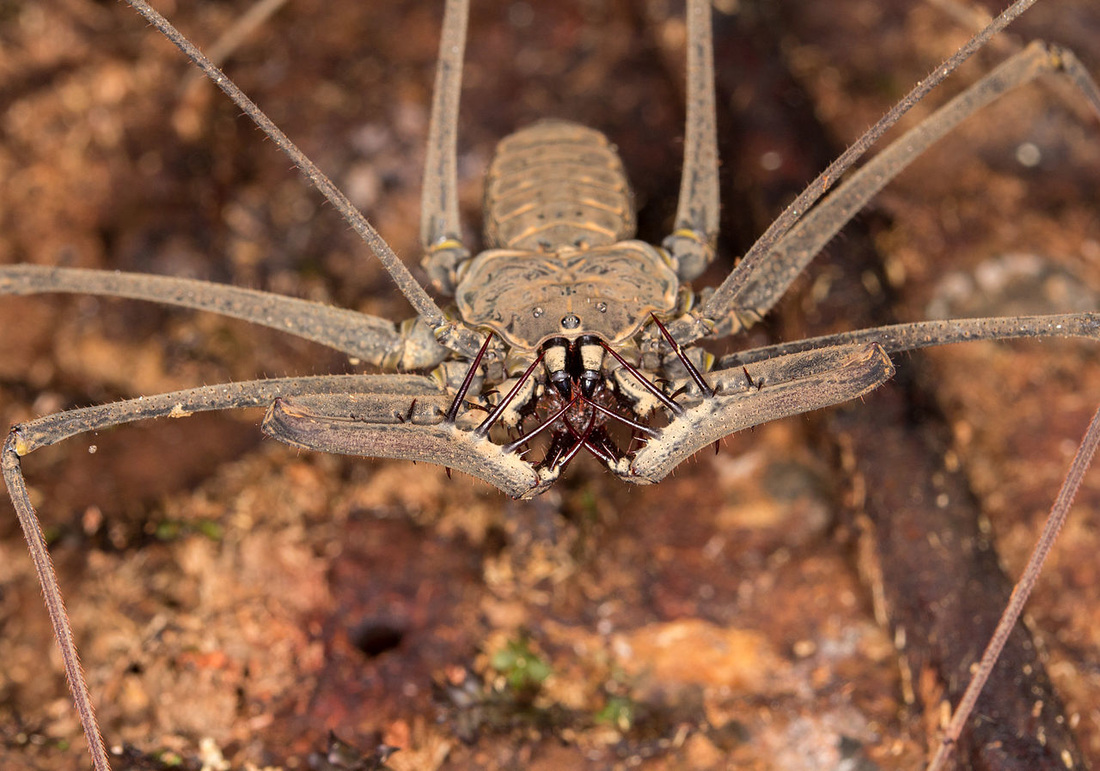New technology is improving our understanding of the natural world
|
A considerable proportion of marine fauna emit species-specific sounds for communication. Acoustic monitoring has proven to be a powerful tool for rapid biodiversity assessment; particularly in marine ecosystems where visibility limits direct observation. With my colleague Dr. Melania Guerra, students, and other scientists we are hoping to deploy an underwater network in Cocos' Island, Costa Rica. We believe that sound can help us to protect the island from illegal fisheries, quantify underwater biodiversity, and facilitate timely decisions on conservation planning. In addition, we are collaborating with Dr. Marc Lammers, Eric Ramos, and the ARBIMON team to use Ecological Acoustic Recorders (EARs) to study the acoustic community of Turneffe Belize. The graph shows results of the Acoustic Complexity Index (ACI) for one location in Turneffe, Belize a measure of soundscape that prioritizes sound variability in high intensity.
|
DronesWe are evaluating commercial drone technology to study dolphin behavior, how they move in space, and how they respond to boat traffic. As result of a meeting in SOLAMAC several researchers develop the Drones Research website, a platform for communication and sharing of ideas and experiences on the implementation of drones in varios marine mammal projects.
|
ARBIMON IIARBIMON Sieve Analytics is adapting available technology to produce reliable and affordable recorders for field biologists. We are using these new recorders to study humpback whales and dolphins acoustic behavior in Costa Rica and Panama. What do we expect to record with this system? fish, dolphins, and whales
|
Tracking AmblysThis is a new exciting project with graduate student Laura Caicedo. We will be using HOLOHIL transmitters (http://www.holohil.com/) to study amblys moving behavior inside and ouside caves in Puerto Rico.
Tracking River dolphinsThis is also a new project with graduate student Gabriel Melo Alves dos Santos, in collaboration with Miriam Marmotel, Mark Johnson, Thomas Hrbek and many other scientist to learn about the spatial and acoustic behavior of a newly discovered species of river dolphin the Araguian dolphin.
|










